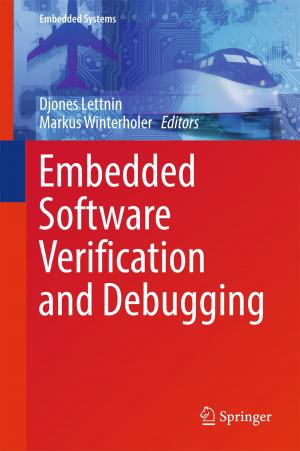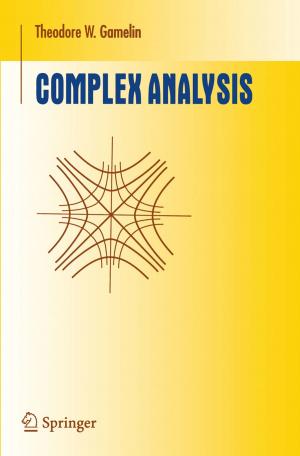Handbook of Early Intervention for Autism Spectrum Disorders
Research, Policy, and Practice
Nonfiction, Health & Well Being, Medical, Specialties, Psychiatry, Psychology, Child & Adolescent, Child Development| Author: | ISBN: | 9781493904013 | |
| Publisher: | Springer New York | Publication: | April 4, 2014 |
| Imprint: | Springer | Language: | English |
| Author: | |
| ISBN: | 9781493904013 |
| Publisher: | Springer New York |
| Publication: | April 4, 2014 |
| Imprint: | Springer |
| Language: | English |
Current rates of autism diagnoses have been cause for concern and research as well as rumor and misinformation. Important questions surround the condition: how early can an accurate diagnosis be made? At what age should intervention start? How can parents recognize warning signs? And what causes autism in the first place?
There are no easy answers, but the Handbook of Early Intervention for Autism Spectrum Disorders gives researchers, practitioners, and academics the science and guidance to better understand and intervene. Background chapters survey the history of professional understanding of the disorders and the ongoing debate over autism as a single entity or a continuum. Chapters on best methods in screening, assessment, and diagnosis reflect the transition between the DSM-V and older diagnostic criteria. And at the heart of the book, the intervention section ranges from evidence-based strategies for developing core skills to ethical concerns, cultural considerations, and controversial treatments.
Included in the Handbook's broad-based coverage:
- Designing curriculum programs for children with autism spectrum disorders (ASD).
- Mainstream education for children with ASD.
- Teaching independent living skills to children with ASD.
- Social skills and play.
- Behavioral and mental health disorders in children with ASD.
- Training and supporting caregivers in evidence-based practices.
- Teaching cognitive skills to children with ASD.
The Handbook of Early Intervention for Autism Spectrum Disorders is a comprehensive reference for researchers, professors, and graduate students as well as clinicians and other scientist-practitioners in clinical child and school psychology, child and adolescent psychiatry, social work, rehabilitation, special education, and pediatric medicine.
Current rates of autism diagnoses have been cause for concern and research as well as rumor and misinformation. Important questions surround the condition: how early can an accurate diagnosis be made? At what age should intervention start? How can parents recognize warning signs? And what causes autism in the first place?
There are no easy answers, but the Handbook of Early Intervention for Autism Spectrum Disorders gives researchers, practitioners, and academics the science and guidance to better understand and intervene. Background chapters survey the history of professional understanding of the disorders and the ongoing debate over autism as a single entity or a continuum. Chapters on best methods in screening, assessment, and diagnosis reflect the transition between the DSM-V and older diagnostic criteria. And at the heart of the book, the intervention section ranges from evidence-based strategies for developing core skills to ethical concerns, cultural considerations, and controversial treatments.
Included in the Handbook's broad-based coverage:
- Designing curriculum programs for children with autism spectrum disorders (ASD).
- Mainstream education for children with ASD.
- Teaching independent living skills to children with ASD.
- Social skills and play.
- Behavioral and mental health disorders in children with ASD.
- Training and supporting caregivers in evidence-based practices.
- Teaching cognitive skills to children with ASD.
The Handbook of Early Intervention for Autism Spectrum Disorders is a comprehensive reference for researchers, professors, and graduate students as well as clinicians and other scientist-practitioners in clinical child and school psychology, child and adolescent psychiatry, social work, rehabilitation, special education, and pediatric medicine.















